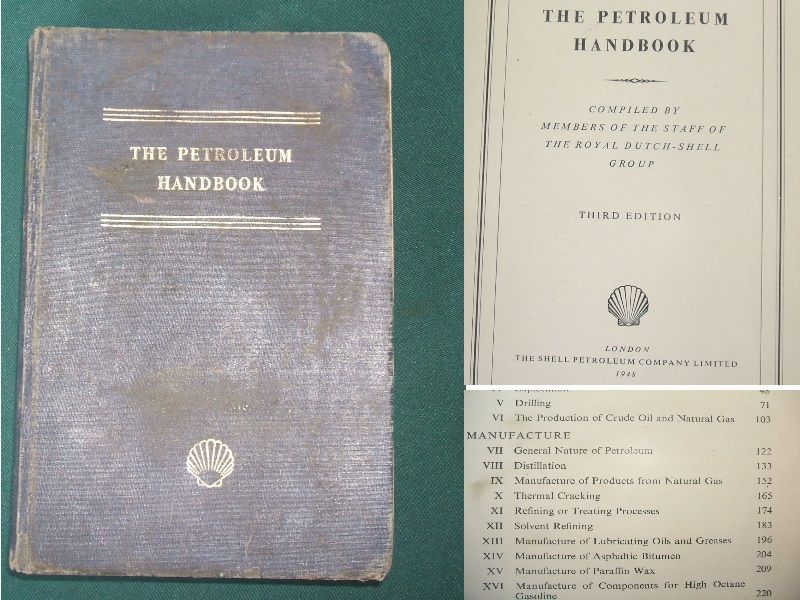Sizing of retort
Hi Vast.
Here are some notes I made some time back while reading the comments from fellow contributors, and some YouTube videos, might help you in sizing the retort. Probably only relevant to smaller systems though.
Guys with 2kW heaters are getting their 19-20L retorts up to 400C in 1-2 hours, or 45mins to 350C.
BBD—2kW heater at base of retort, then extra heater bands and line wrap, 19-20L, 2hrs to heat, gets 1L/hr from start to finish, but nothing in the first hour while the temperature rises, so probably 2L/hr during the peak cracking/distillation period. 11hr batch time. 1L consumes 100W.
YouTube - an oil burner under a gas bottle was getting up to 1 gallon per hour but found it was too fast and hard to control so dropped it back to 1 gallon per 3 hours. He gets a gunky oil off the bottom and a good oil/diesel condensed off the top. Another guy seems to run at a similar speed with a similar sized system. Don’t know about residue left behind.
I have some information on instant evap v boiling pot methods. I'll dig 'em up and post shortly.
Col
Originally posted by VAST
View Post
Here are some notes I made some time back while reading the comments from fellow contributors, and some YouTube videos, might help you in sizing the retort. Probably only relevant to smaller systems though.
Guys with 2kW heaters are getting their 19-20L retorts up to 400C in 1-2 hours, or 45mins to 350C.
BBD—2kW heater at base of retort, then extra heater bands and line wrap, 19-20L, 2hrs to heat, gets 1L/hr from start to finish, but nothing in the first hour while the temperature rises, so probably 2L/hr during the peak cracking/distillation period. 11hr batch time. 1L consumes 100W.
YouTube - an oil burner under a gas bottle was getting up to 1 gallon per hour but found it was too fast and hard to control so dropped it back to 1 gallon per 3 hours. He gets a gunky oil off the bottom and a good oil/diesel condensed off the top. Another guy seems to run at a similar speed with a similar sized system. Don’t know about residue left behind.
I have some information on instant evap v boiling pot methods. I'll dig 'em up and post shortly.
Col

 The book is a bit battered but perfectly legible.
The book is a bit battered but perfectly legible.
 Yes, matching feed to output is cumbersome. While I haven't measured, the off gases probably amount to a few percent. Yes, if feed matched output and the heat input could be stable, that would be magic. In practice it hasn't been so easy. Originally, I thought I'd be able to crank the heat up high, then apply the feed till a state of equilibrium was reached. One upgrade I'm planning is to use a needle valve instead of ball valve for improved flow control of feed. A ball valve is on or off with little adjustability in between.
Yes, matching feed to output is cumbersome. While I haven't measured, the off gases probably amount to a few percent. Yes, if feed matched output and the heat input could be stable, that would be magic. In practice it hasn't been so easy. Originally, I thought I'd be able to crank the heat up high, then apply the feed till a state of equilibrium was reached. One upgrade I'm planning is to use a needle valve instead of ball valve for improved flow control of feed. A ball valve is on or off with little adjustability in between.

Comment